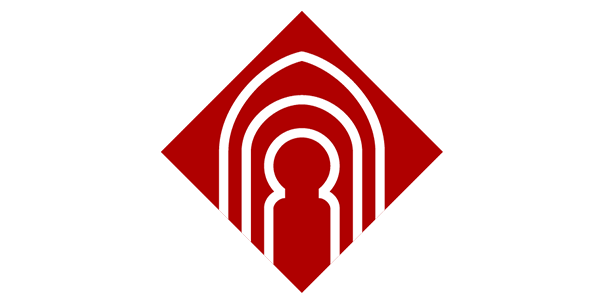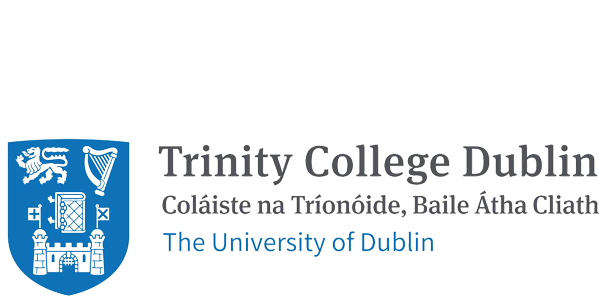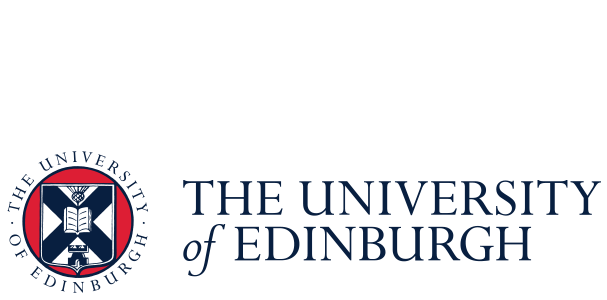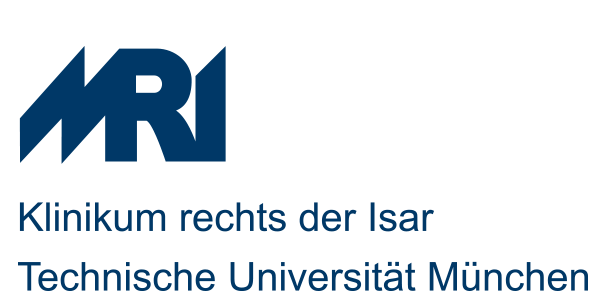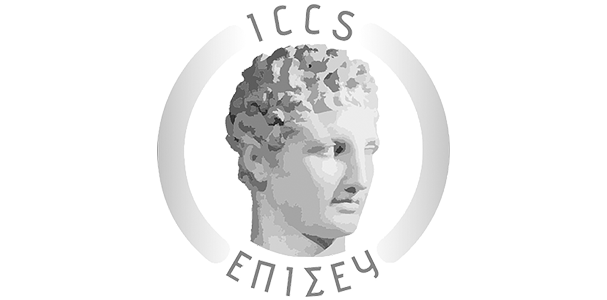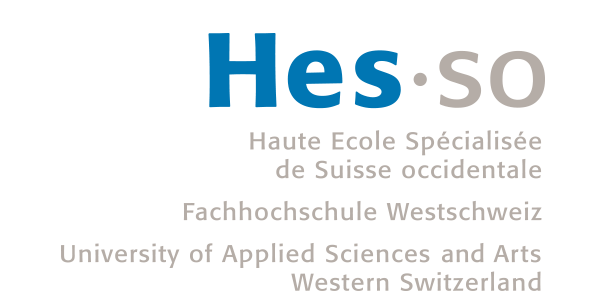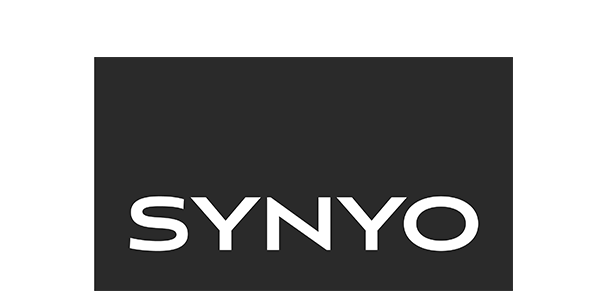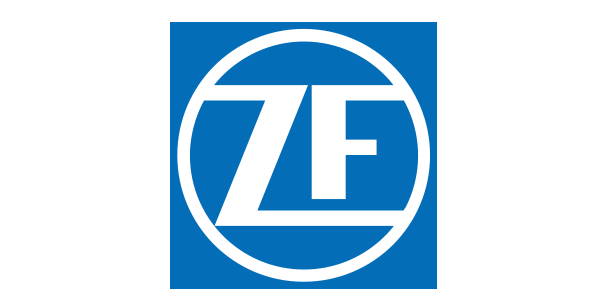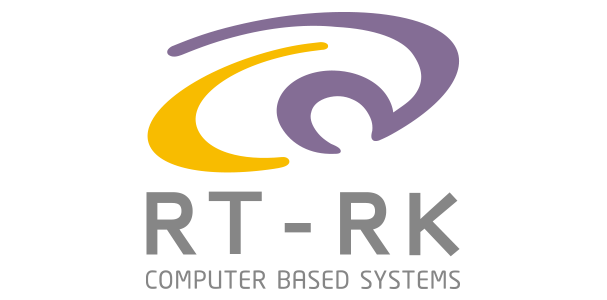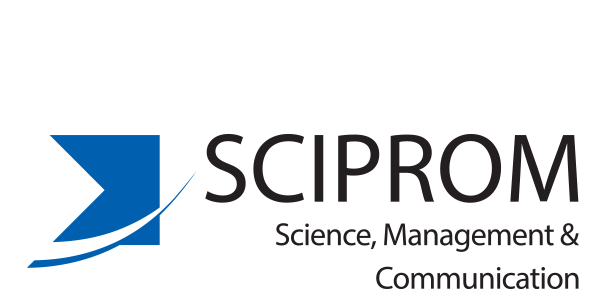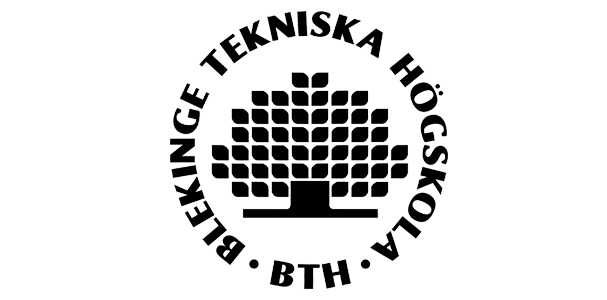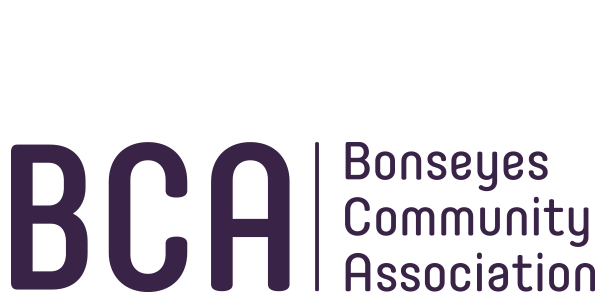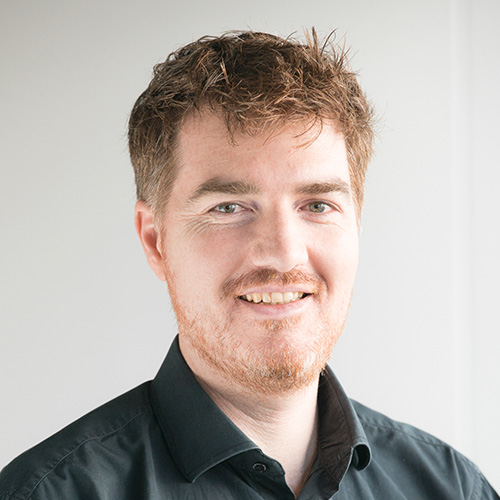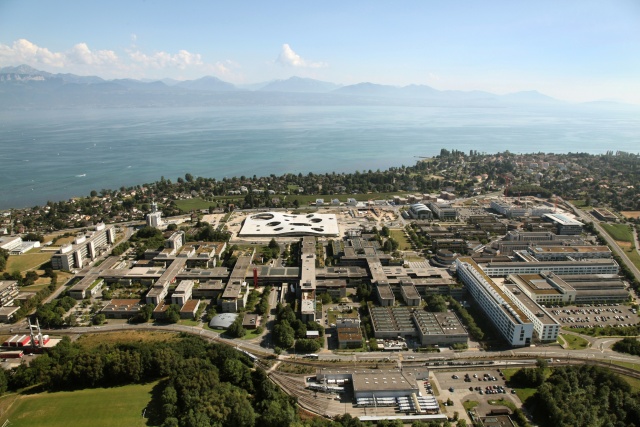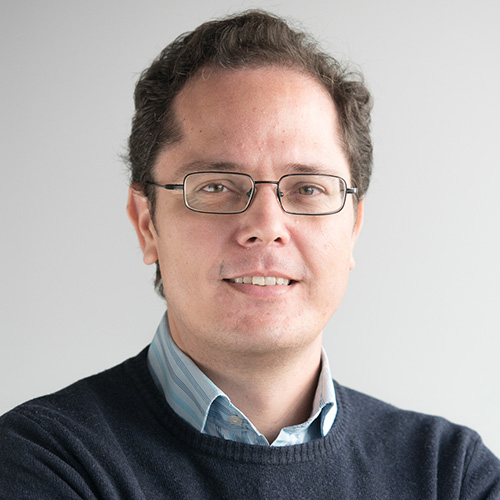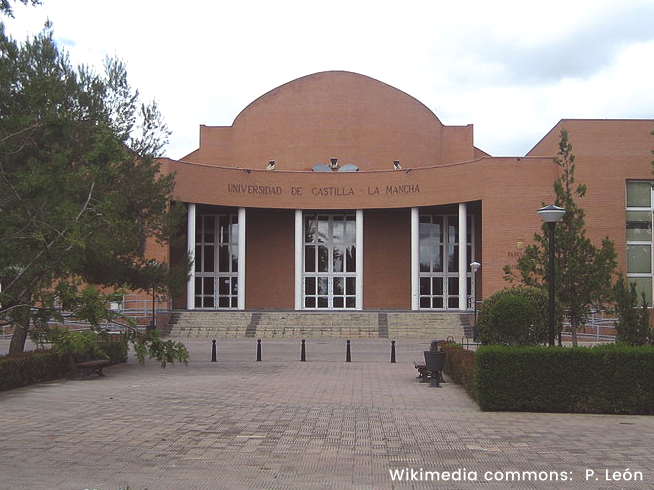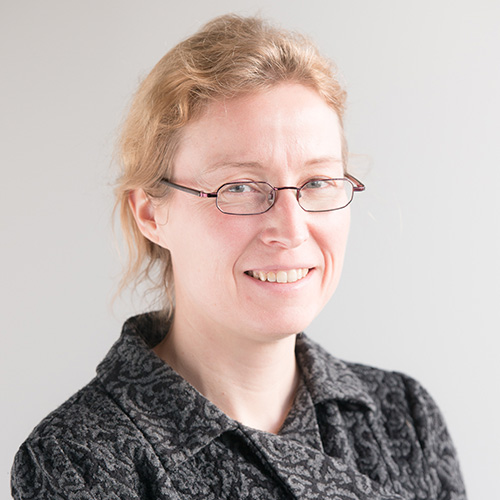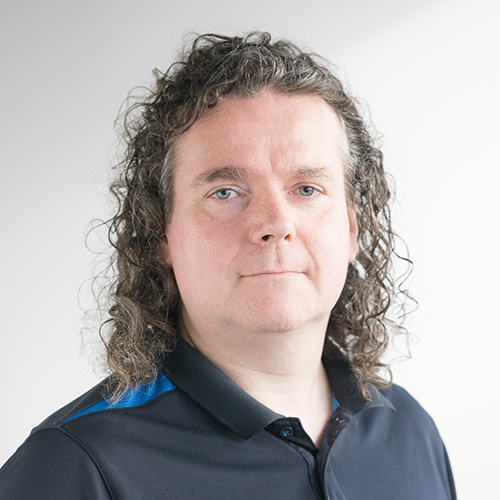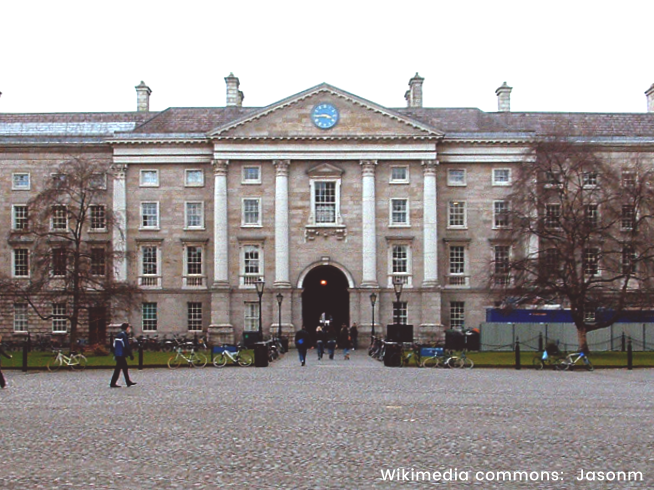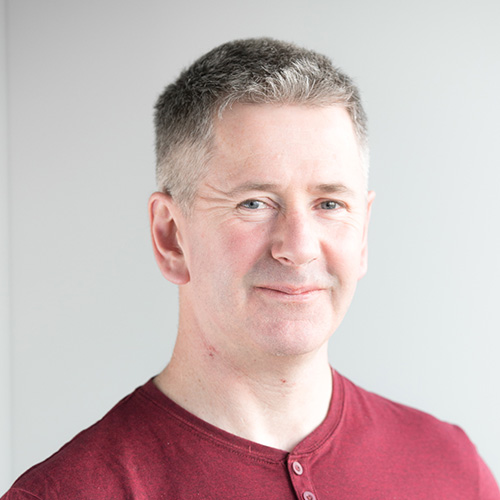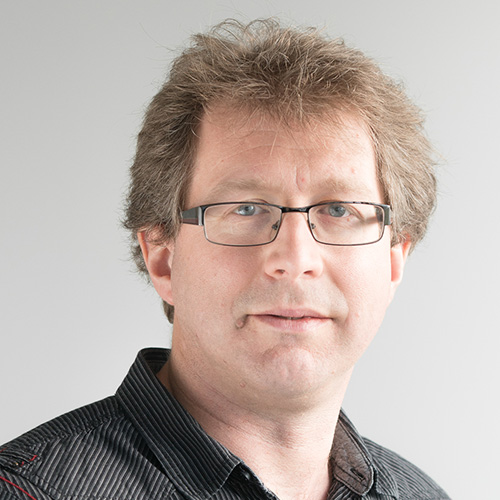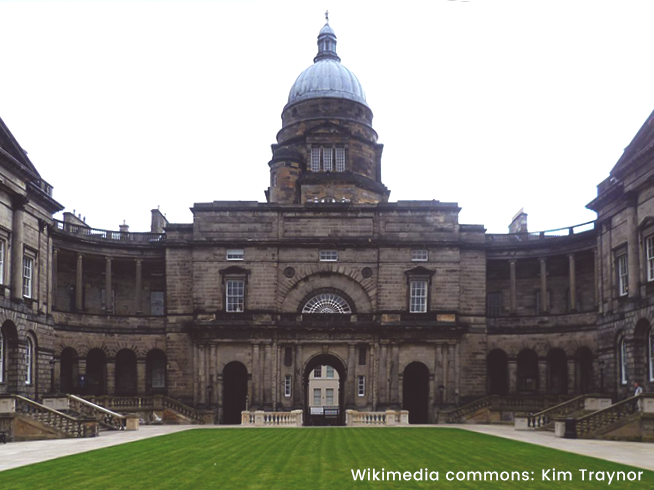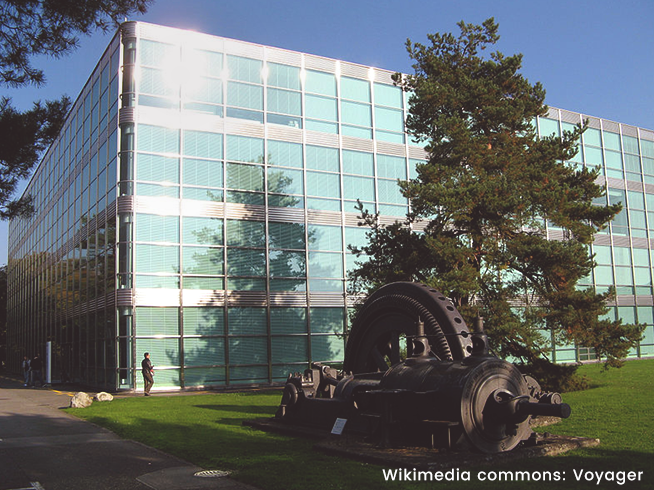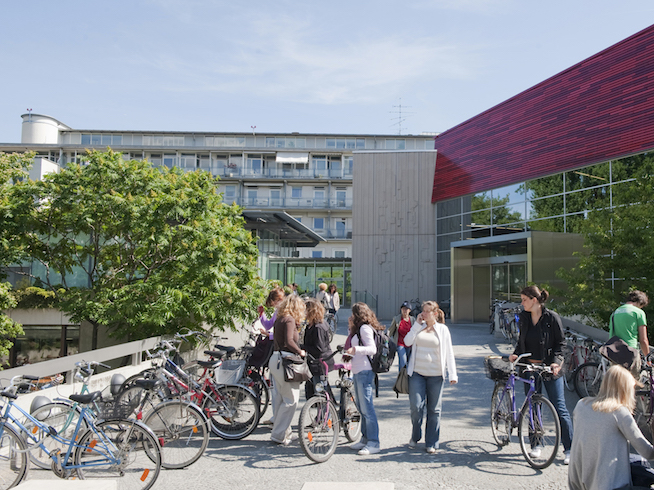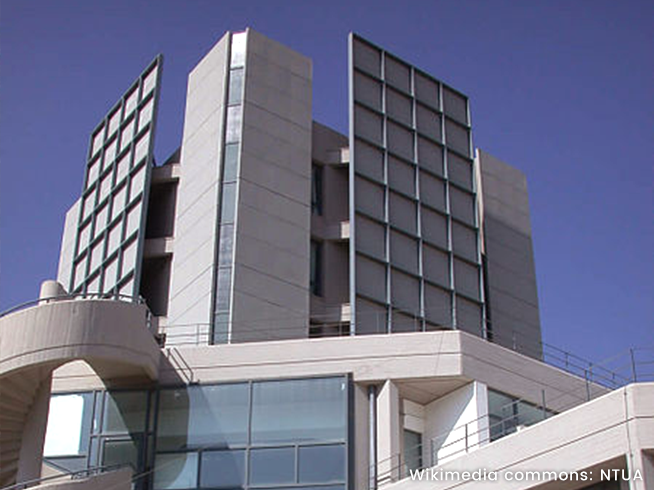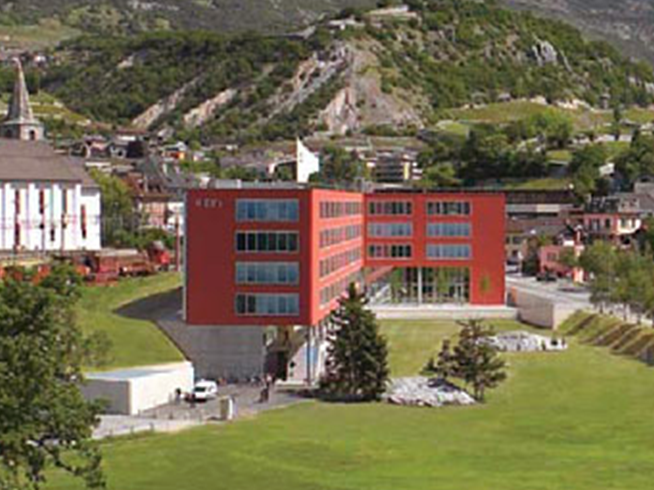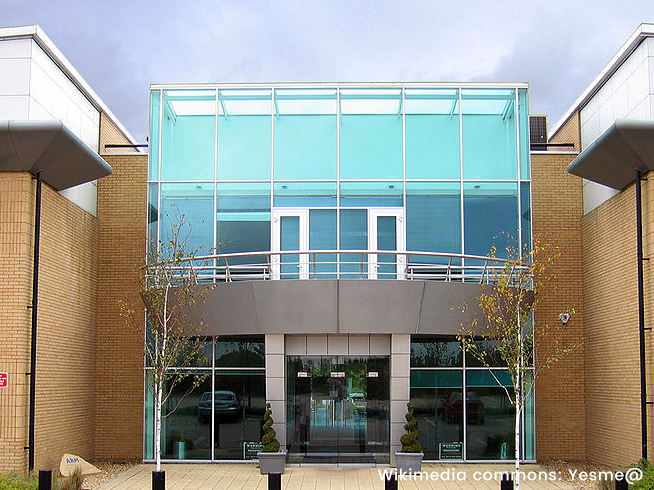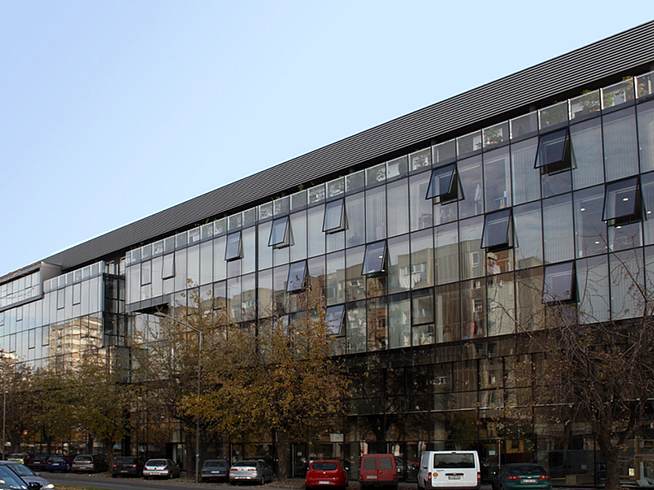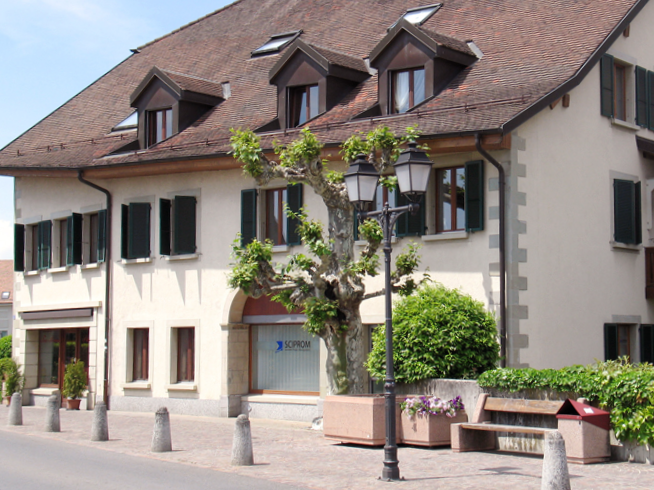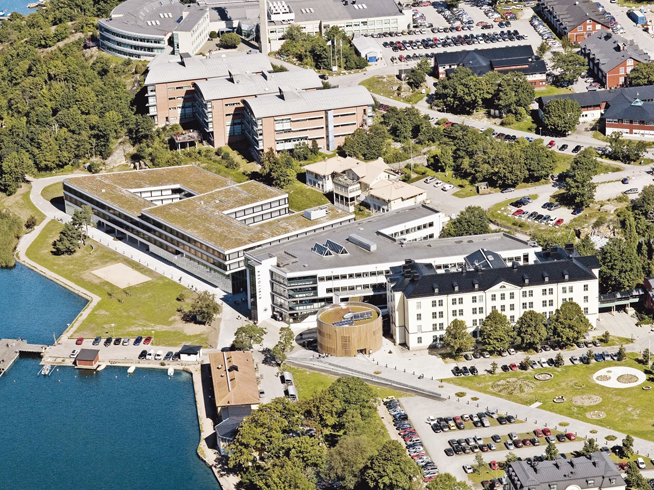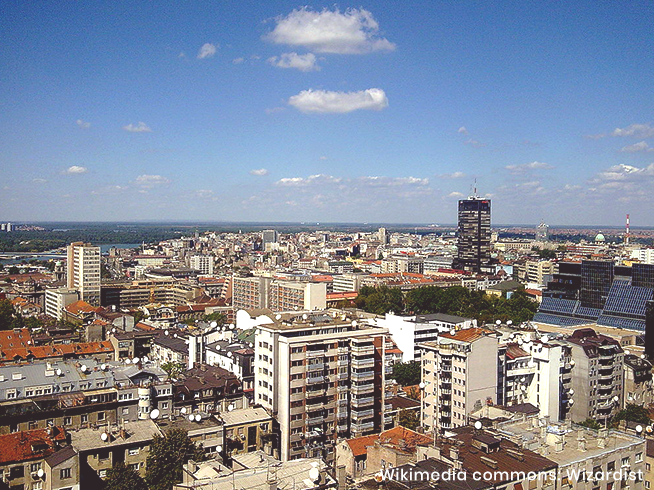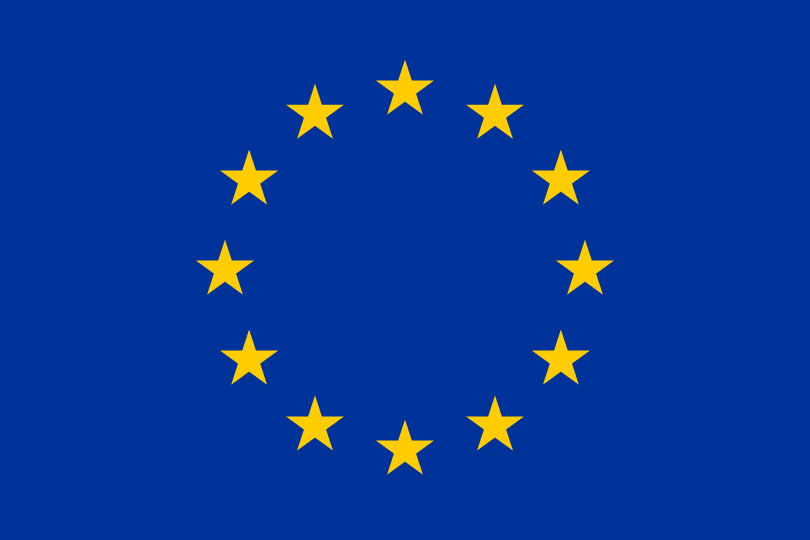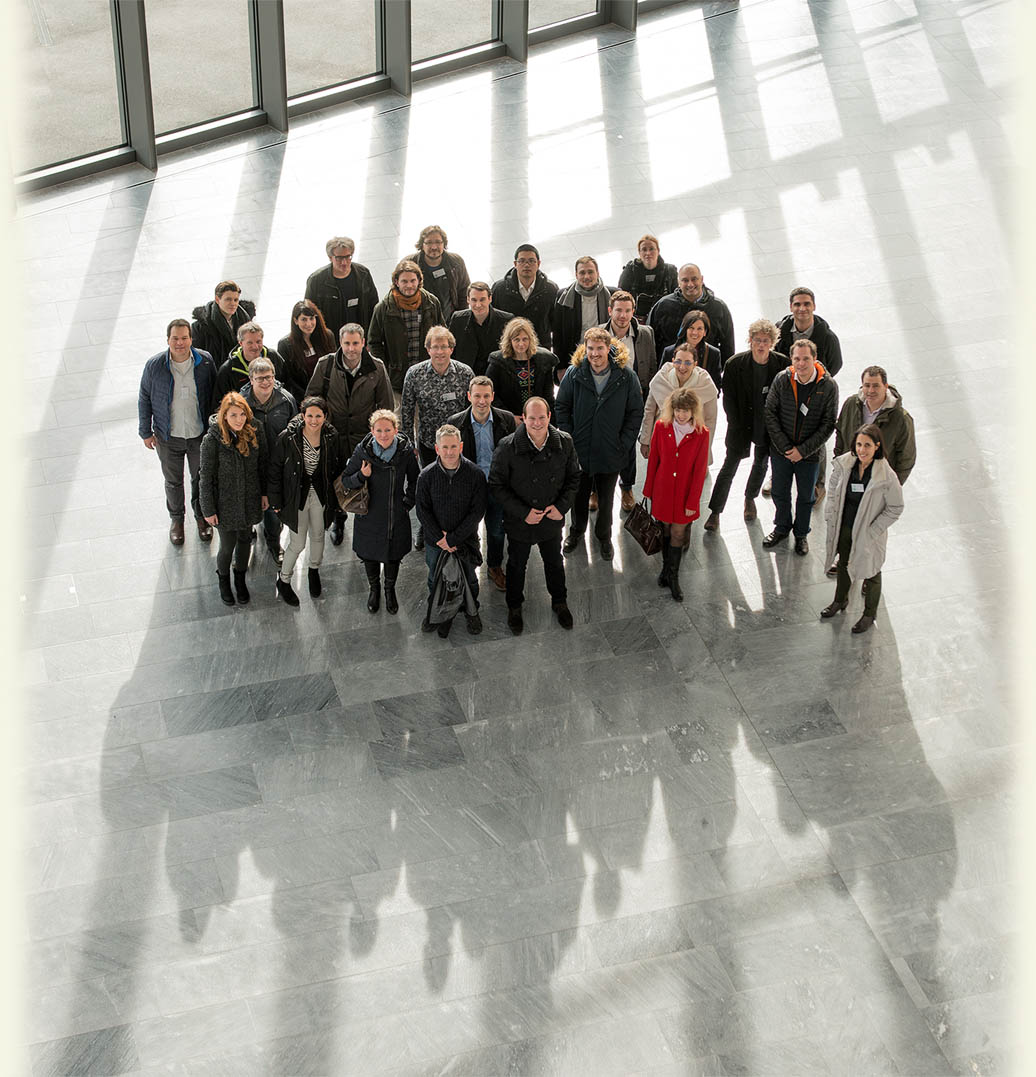
Our Consortium
In addition to a wide variety of competences the consortium displays an excellent balance both between industry driven needs (6 partners) and research and scientific excellence (9 partners), and with an equal number of 3 SME’s (including one specialised in scientific project management) and 3 larger sized corporations. All together, the consortium size reflects the high interest in this cross-disciplinary area of systems of artificial intelligence.

Tim Llewellynn
CEO and Co-founder of NVISO SA. Tim has 15 years’ experience in high-tech start-ups and corporate R&D covering both embedded and cloud software applications including successfully bringing to market advanced audio, image, and video processing technology across intelligent DSP cameras, smart watches and wearables, ultra-low power mobile audio devices, mobile digital TV and artificial intelligence enabled analytics.
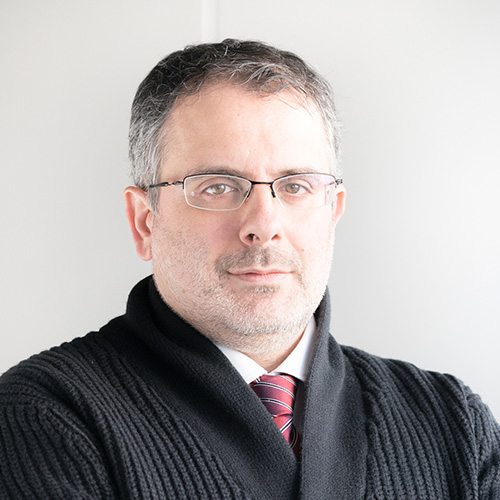
Dr. Matteo Sorci
CTO and Co-founder of NVISO SA. He is a leading expert in the field of applying artificial intelligence and behavioural modelling to the complex task of teaching a computer to understand human emotional response.
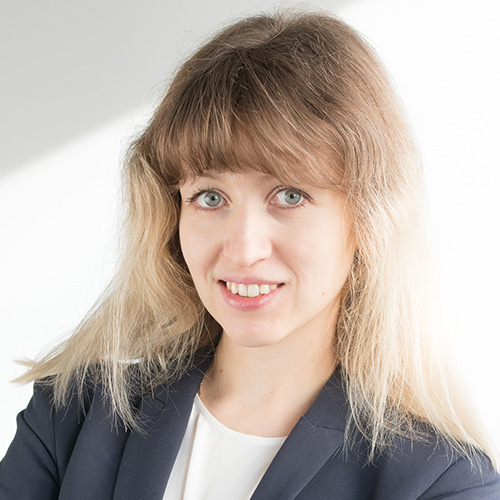
Daria Shirokova
Horizon 2020 Project Coordinator Assistant at NVISO. Holding Master’s degree in Economics, Daria is responsible for the administrative side of H2020 projects including EU/Swiss financial reporting and project event organization.
Tim Llewellynn about Bonseyes
About NVISO
NVISO is a software company headquartered at the Innovation Park of the École Polytechnique Fédérale de Lausanne (EPFL) in Switzerland. It is a spin-out from a long standing research project that researched techniques to help computers better understand human implicit and emotional communication that received funding of over 38 Million CHF by the Swiss National Science Foundation. It has R&D offices located in Switzerland and Sales Offices in North America and Japan.
NVISO is defining the future of emotionally intelligent systems by integrating real-time emotional insights and analytics to improve safety, security, and personalization in next generation human-machine interfaces. Using its proprietary 3D Facial Imaging analytical techniques based on theoretical work by Dr. Paul Ekman (which demonstrates that emotions can be precisely recognized by minor changes in micro-expressions in the face) it delivers emotional insights in real-time via a cloud API capabilities and in real-time on mobile devices to application developers around the world. It develops innovate solutions tailored for vertical market needs in areas such as Marketing, Retail, Education, Automotive, Consumer Devices, and Robotics.

Dr. Oscar Deniz Suarez
He works as an associate professor at UCLM and contributes to VISILAB. His research interests are mainly focused on computer vision and pattern recognition.
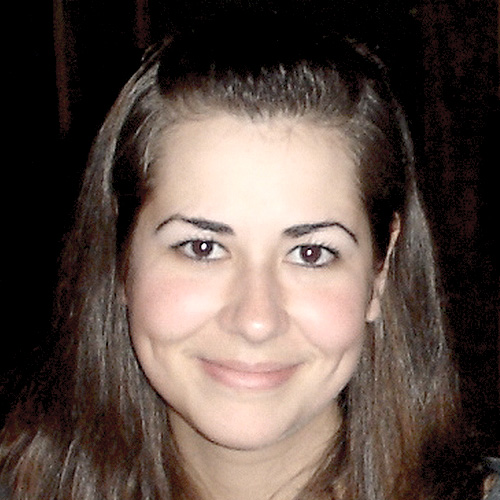
Dr. Maria del Milagro Fernandez
Computer Engineer. Master in Physics and Mathematics. PhD in Science and Technologies applied to Industrial Engineering UCLM
Oscar Deniz Suarez about Bonseyes
About UCLM
Despite being a young University, the University of Castilla-La Mancha (UCLM) is in a perfect position to participate in Bonseyes. Since its foundation in 1985, a total of 44 R&D contracts have been managed at UCLM under FP6 and FP7 coordinating 8 of them, besides other European and international programs such as Interreg, or JPEN, inter alia, all of which are managed under supervision and collaboration of the European Projects Office at UCLM.
Furthermore, UCLM has a wide experience in participating in Marie Curie Grants, since it has hosted several projects both under FP6 and FP7, including two RTN networks in FP6 and two ITN networks in FP7, as well as two IEFs, one Reintegration Grant and one IRSES grant.
VISILAB is formed by a number of professors and researchers from UCLM. Since 1999, it has focused on developing computer vision and artificial intelligence tools, with applications in fields such as security and surveillance, quality control, image diagnosis, decision support systems and biomedical engineering, with more than 150 publications and national and international projects.

Prof. Rozenn Dahyot
She is a member of Graphics Vision and Visualisation Group (GV2) group part of the Intelligent Systems discipline in the School of Computer Science and Statistics, contributing to the Creative Technologies research theme and to the ADAPT Centre for Digital Content Technology and leads a research teamfocusing on data analysis & visualisation.
Prof. David Gregg
He leads a research team focused on software performance optimization. His work includes compilers, low-energy computing, algorithm design for locality and parallelism, code generation, and software optimizations for the microarchitecture.
Rozenn Dahyot about Bonseyes
About Trinity College
Trinity College Dublin (TCD) is the oldest university in Ireland. Recognized for academic excellence, TCD is home to a new Irish research Centre for Digital Content and Media Innovation, ADAPT (http://adaptcentre.ie/), launched in 2016. It brings together more than 150 researchers from the Centre for Global Intelligent Content and affiliated centres, which have a strong track record of bridging research and innovations to more than 140 companies.
With €50m in new research funding from Science Foundation Ireland and industry, ADAPT research and technologies helps businesses in all sectors to manage, personalise and deliver digital content to more effectively engage with people worldwide.

Prof. Michael O’Boyle
His main research interests are in machine learning based compilation, compiler/architecture co-design and automatic compilation for heterogeneous multi-core systems.
Dr. Amos Storkey
He focused on the Machine Learning, especially deep learning methods with a particular interest is deep learning under real-world constraints and costs, including computational constraints, regulatory constraints, and interpretability constraints.
Amos Storkey about Bonseyes
About TCD
The University of Edinburgh (UEDIN) is one of the UK's oldest and most prestigious universities. It is a member of the Russell Group and ranked in the top 20 international research university, The School of Informatics at the University of Edinburgh is widely recognised as a world class centre for Computer Science research. It is the UK's largest Computer Science department with over 100 academic members of staff, 150 research staff and 300 PhD students. The school via its institutes encourages interdisciplinary and collaborative work involving the traditional disciplines of neuroscience, cognitive science, computer science, computational science, mathematics and statistics.
Within the School, the Institute of Computer Systems Architecture (ICSA) currently numbers 60 researchers (faculty, fellows, PhD students) with expertise in all aspects of parallel and embedded computer architecture, parallel programming models, compiler design and implementation, and advanced parallelisation tools. It has extensive collaboration with industry, including consultancy technology transfer and an ongoing IP royalty income stream.
The Institute of Adaptive and Neural Computation (ANC) has approximately 80 researchers, hosts the EPSRC Centre for Doctoral Training in Data Science, and has world-class strength in machine learning and deep learning. It hosts the annual Edinburgh Deep Learning Workshop attracting 200 people each year.

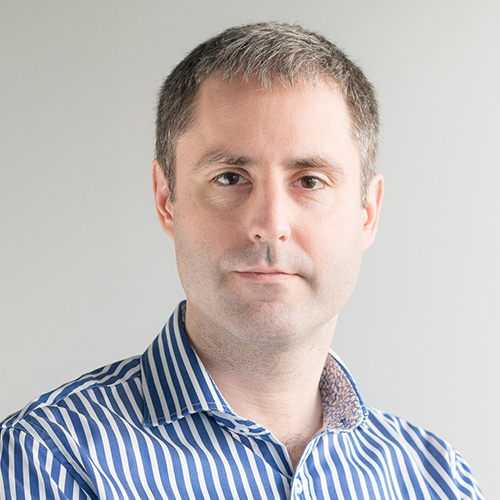
Prof. Samuel Fricker
Professor of Requirements Engineering at FHNW and co-head of the Centre for Requirements Engineering (CeRE). His research focuses on embedding socio-technological alignment mechanisms in software and networked systems.
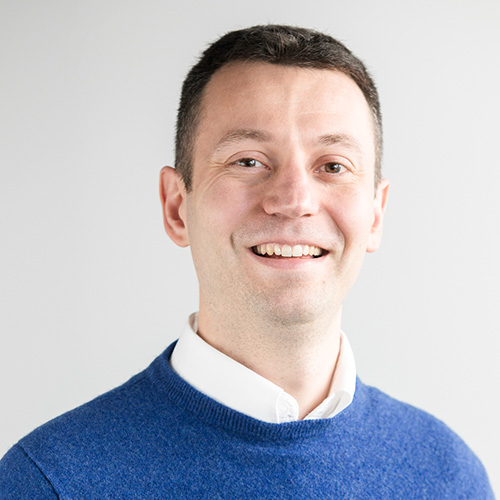
Yuliyan Maksimov
Yuliyan Maksimov is a Ph.D. student in the Telecommunication Systems research group of Prof. Dr. Kurt Tutschku at BTH, Sweden and a researcher in the Software Engineering research group of Prof. Dr. Samuel Fricker at FHNW, Switzerland. His research focuses on requirements engineering in the fields of artificial intelligence and Internet of Things technologies and services.
About Fachhochschule Nordwestschweiz
The University of Applied Sciences and Arts Northwestern Switzerland (Fachhochschule Nordwestschweiz, FHNW) is a major public higher education institution in the corresponding area of the country. It has over 12,000 students and 2,500 staff members. It is one of 7 Universities of Applied Sciences accredited by the Swiss government and is run jointly by four states (cantons). The School of Engineering at FHNW focuses on education and research on applied topics in computer science, mechanical engineering, and electrical engineering. All research is performed in 11 independent institutes.
The Institute of 4D Technologies, or i4Ds, will host the project. The institute works on topics related to the management, processing, and visualization of big data collections. Its aim is to design and develop real-world applications that are capable of generating more knowledge, more choice, and more personalization out of the data collections.
The core competences of the institute are in computer science. Themes that are addressed include requirements engineering, user interaction design, databases, machine learning, optimization, social network analysis, and computer graphics. i4Ds has a strong track of EU projects, including SUPERSEDE, Wise-IoT, FLARECAST, JHELIOVIEWER, HESPE, CASSIS, and HELIO. It also has a strong multidisciplinary orientation that is rooted in its interdisciplinary projects in cooperation with academic, industry, and educational partners.
The Centre for Requirements Engineering (CeRE), led by Prof. Dr. Fricker and Prof. Dr. Seyff will lead the FHNW contributions to the Bonseyes project. From previous and ongoing European research and innovation projects, they bring relevant experience and background into the Bonseyes project. Their competences in Software Engineering, with a special focus on Requirements Engineering, Platform and Ecosystem Development, Feedback Methods, and Validation, are highly relevant for the requirements engineering and specification tasks in the project, and for the development, and validation of the Bonseyes AI marketplace. CeRE will also bring its national and international academic and industry network and its experience in producing high-quality scientific publications into the Bonseyes project to support the dissemination.

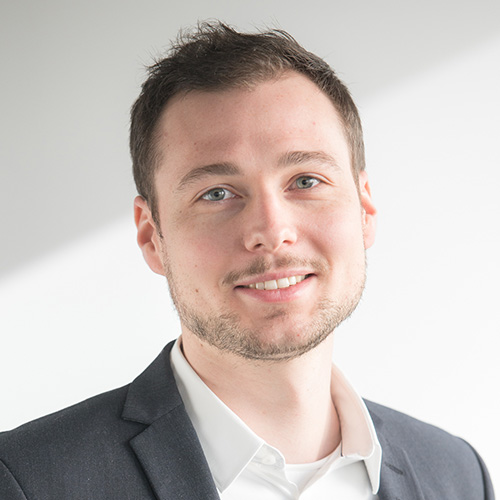
Sebastian Koller
is scientific head of the research group MITI. As an engineer in the clinical environment, he works towards closing the gap between medicine and technology. His research focuses on the development of new surgical instruments and mechatronic support systems as well their integration into the clinical workflow. He is a member of the German Society for Computer and Robot Assisted Surgery (CURAC) and the Section for Computer and Telematic Assisted Surgery of the German Society of Surgery (CTAC).
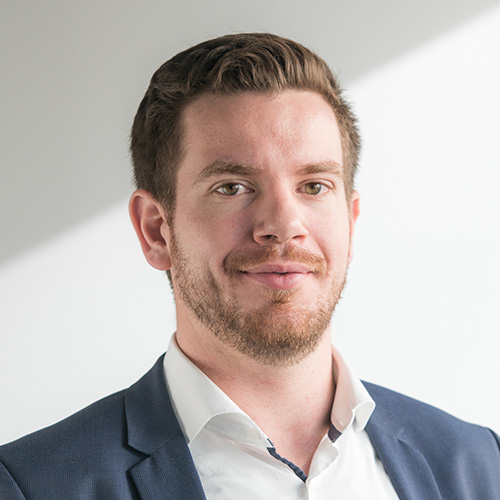
Daniel Ostler, MSc.
is an electrical engineer and an application programmer for acquisition of sensor data of medical devices. He is a specialist for analysis and optimization of pre- and intraoperative processes with a strong experience in developing interfaces to simplify data retrieval and in analyzing big data.
About Klinikum rechts der Isar der Technischen Universität München
The Research group MITI is an interdisciplinary institute, dealing with the development of innovative diagnostic procedures and therapeutic solution concepts for trauma reduced surgery. The research group was founded in 1999 at the Klinikum rechts der Isar of the Technical University of Munich. The motivation is to develop patient friendly methods for diagnostics, tools for reduction of the operative trauma with the focus to surgery and gastroenterology and optimization of pre-, intra- and postoperative processes.
The Klinikum rechts der Isar der Technischen Universität München is an university hospital of supramaximal care and part of the technical university and serves Munich and the world with a highly skilled team of dedicated doctors, nurses, research scientists, and technical assistants.
With a workforce of about 5,000 personnel, the university hospital is a renowned center for the care of the sick, for medical research, and for the teaching of medicine. The Klinikum rechts der Isar is composed of more than 30 separate clinics and departments treating some 60,000 in-house patients and 230,000 out-patients yearly.
This 1,100-bed hospital of supramaximal care covers the entire spectrum of modern medicine with state-of-the-art efficiency. Through the close cooperation between health care and research, the latest advances in medical techniques can be quickly integrated into patient treatment procedures.
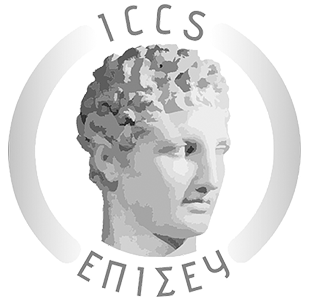
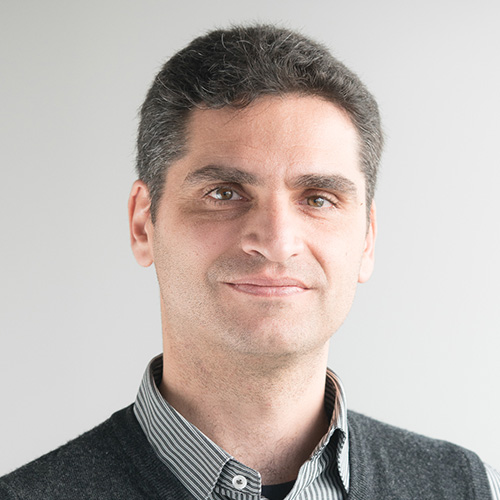
Dr. Georgios Goumas
is a lecturer at the School of ECE of the National Technical University of Athens. His research interests include high-performance computing and architectures, system co-design, cloud computing, sparse computation.
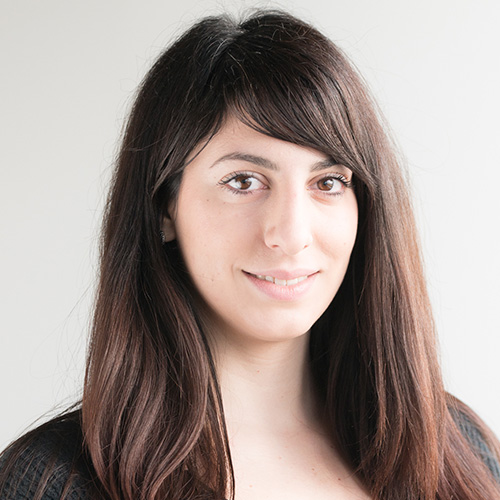
Athena Elafrou
Ph.D. student at the Computing Systems Laboratory, NTUA, her research interests include parallel computer architectures, high performance computing, parallel programming, exascale applications, and sparse computations with a focus on software optimizations for the acceleration of scientific applications and deep learning algorithms.
Georgios Goumas about Bonseyes
About Institute of Communications and Computer Systems
The Computing Systems Laboratory is one of the largest research laboratories in the Computer Science Department of the School of Electrical and Computer Engineering, National Technical University of Athens. The lab is member of the Institute of Communication and Computer Systems (ICCS) of NTUA.
ICCS is very active in European co-funded research activities and has been the project coordinator of many EU projects in various programs. It employs experienced staff in administration, training, consulting and development covering aspects of large scale high performance computing, networking and storage, which are most willing to offer their specialized services to the academic research community and to external customers seeking computational power. It is heavily involved in the implementation of several National and International Research projects on HPC , Cloud computing, Big Data, applications, etc
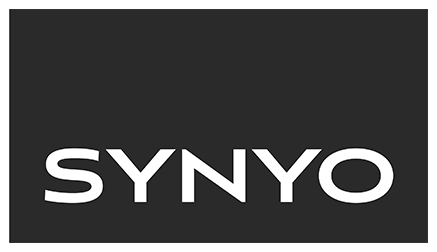
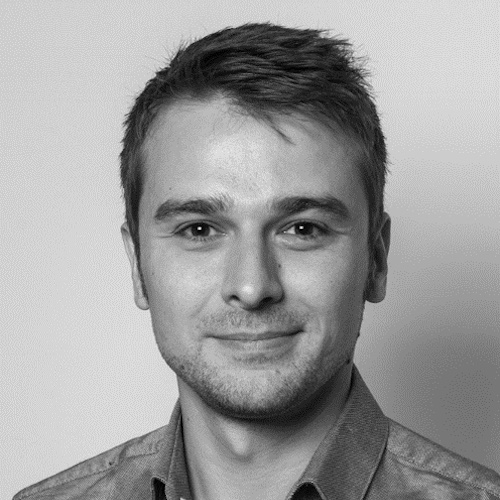
Dr. Thomas Paulin
is research manager at SYNYO. His research interests include simulation of communication networks, privacy and sensor data collection and processing. At SYNYO he is in charge of project coordination in Horizon 2020 and JPI Urban Europe funded projects.
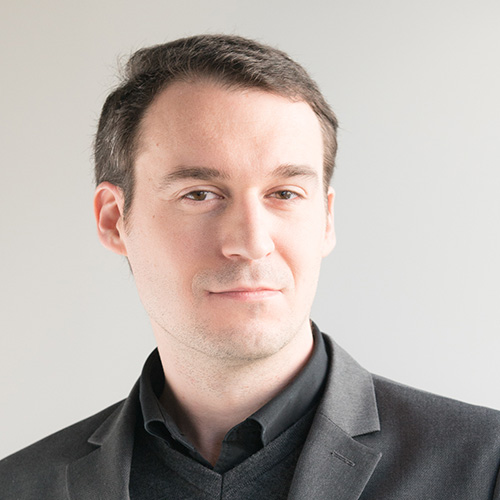
Bernhard Jäger, M.A.
is research manager at SYNYO with a profound expertise on qualitative and quantitative social research methods and experience in web-usability, accessibility, user experience methods, user interface prototyping and design.
About SYNYO
SYNYO GmbH, a leading SME based in Vienna, Austria, is an independent research, innovation and technology hub that explores, develops and implements novel technologies to tackle business and societal challenges. SYNYO analyses the impact of emerging technologies on business and consumers, and provides clients with novel insights on innovations affecting their investments and businesses. Understanding social, economic and political dynamics within society are indispensable prerequisites for identifying future technological demands.
As such, the interdisciplinary team at SYNYO consists of highly motivated employees specialized in various social and technical fields, including research studies, requirements analyses, application design, software engineering, data analytics, and information visualization. This technical expertise is applied to tackle contemporary challenges in various disciplines such as big/open data research, digital futures, e-health, citizen inclusion, and smart technologies.
The research processes and proprietary methodologies are designed to convert complex information into clear and precise insights for developing definitive actions. Beyond its research expertise, SYNYO boasts a selective development team to carry out ICT related innovation from analyses to deployment. Key system attributes for SYNYO include collaborative systems operated by large end-users groups, creating modern graphical interfaces to transmit a bigger visual human perception, as well as keeping security and lean management as a baseline for successful solutions. Furthermore, SYNYO has access to a vast network of technology providers, industry leaders, academic institutions, and city networks.
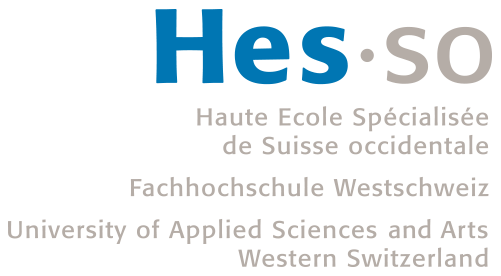
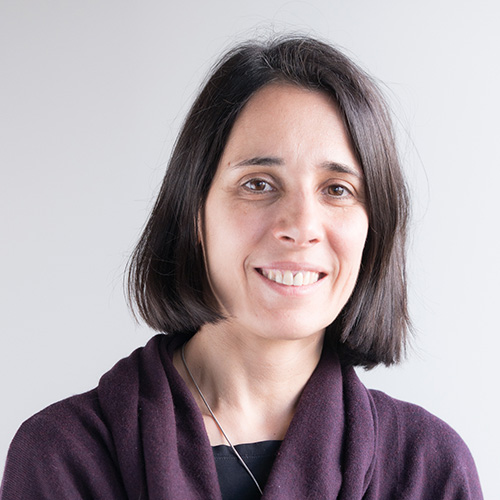
Dr. Nuria Pazos
Professor at HES-SO she is heading the research group “Embedded Computing Systems”. Her research interests are communicating embedded systems, networks of smart objects and multicore platforms for signal and image processing.
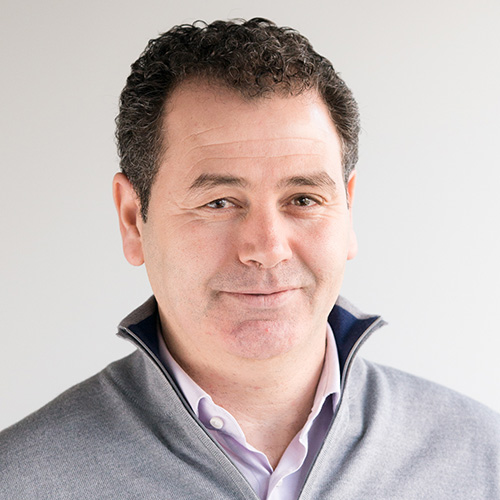
Dr. Nabil Ouerhani
Professor at HES-SO he is heading the research group “Interaction Technologies”, he has an industrial experience in the field of software quality assurance, namely usability, security and performance.
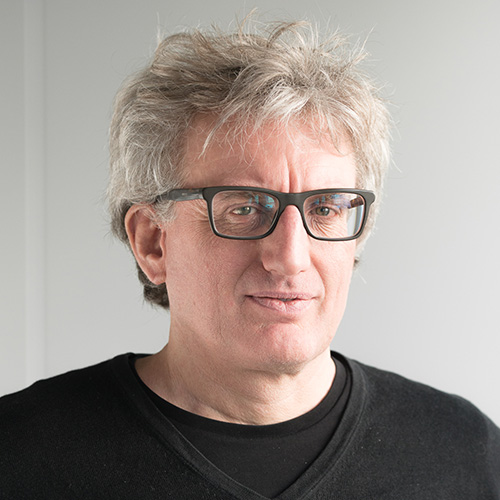
François Tièche, MSc
Professor at HES-SO with extensive experience in applied research with the purpose of transferring technology from labs to enterprises.
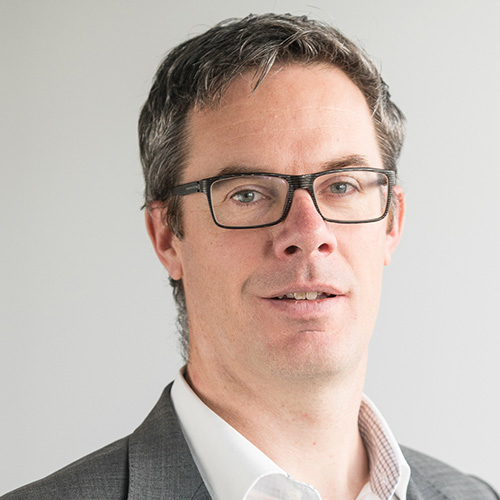
Lukas Bitter
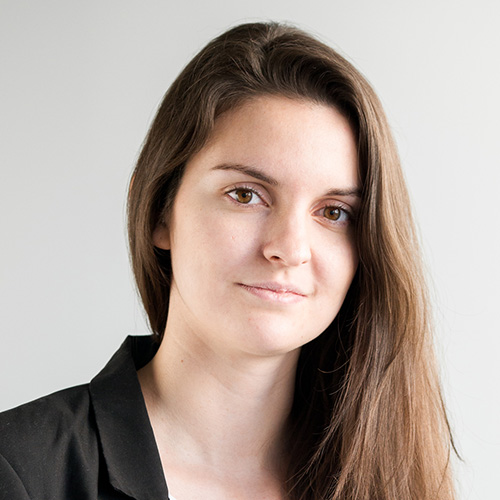
Sarah Carrola
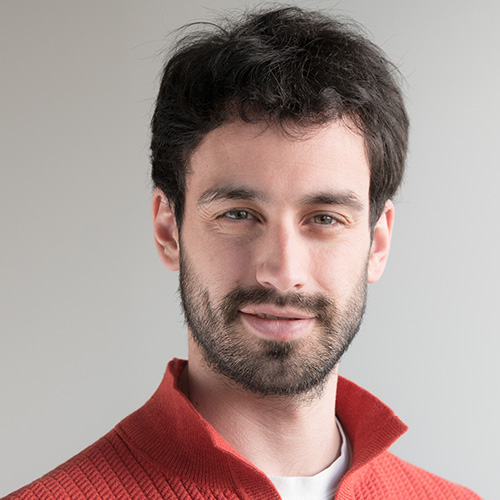
Miguel De Prado
PhD student at HES-SO / ETHZ, his research interests include embedded and wearable systems based on heterogeneous architectures for deep learning application and mixed-signal processing.
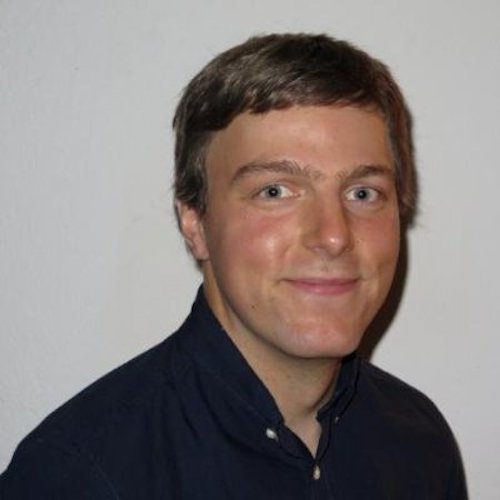
Lucien Moor
Lucien Moor is currently a research assistant within the research group "Interaction Technologies" at HE-Arc (HES-SO). He obtained his Bachelor degree in computer science from HE-Arc in 2015. In his Bachelor thesis Lucien has dealt with gamified mobile applications using image processing techniques on Android.
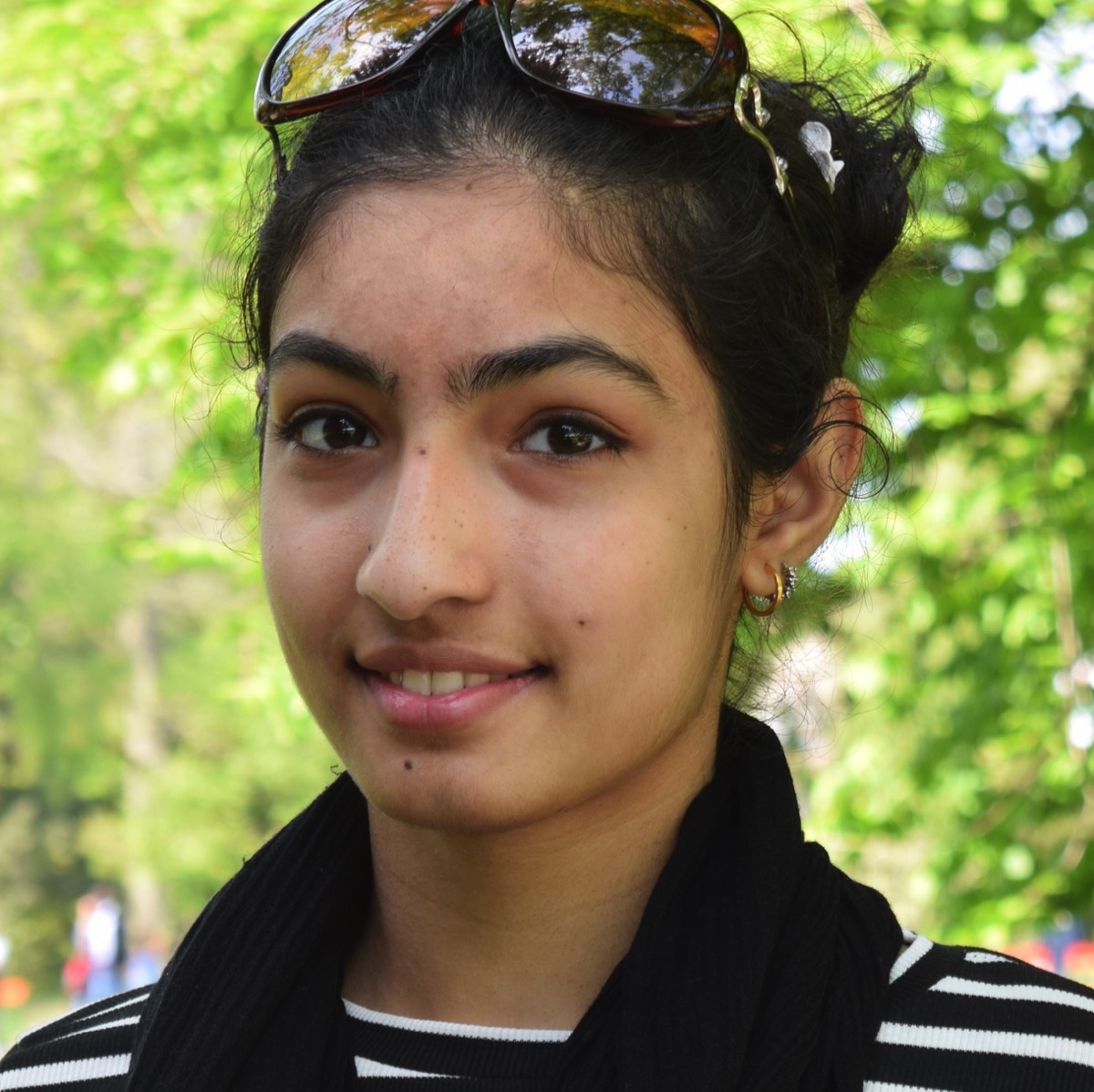
Rabia Saeed
Nuria Pazos about Bonseyes
About Haute École spécialisée de Suisse occidentale
The University of Applied Sciences and Arts of Western Switzerland (HES-SO) is the largest University of Applied Sciences (UAS) in Switzerland and the second largest higher education institution of the country. With over 19'000 students, 28 schools in 7 cantons, HES-SO encompasses 27% of UAS students. HES-SO is organized in six faculties (namely Design & Fine Arts, Business Management & Services, Engineering & Architecture, Music & Performing Arts, Health and Social Work), and it offers a large variety of education programs: more than 40 Bachelor degrees, 17 Master degrees and 240 continuing education courses. HES-SO comprises 10'000 employees, with approx. 700 FTE dedicated to R&D activities. Education and research at HES-SO are oriented towards practical applications both in technology development and human sciences. HES-SO undertakes research projects with a wide range of partners, including research centers and universities in Switzerland or abroad, as well as public or private companies and institutions. Strongly anchored in the regional economy, HES-SO collaborates closely with SMEs, and its R&D also extends to certain aspects of industrial-scale production. HES-SO has strong involvement in international cooperation and has profound experience in European projects (32 collaborative FP7 projects, including 3 as coordinator, representing a total grant amount of approximately €12m). HES-SO is keenly interested in pursuing its activities and initiating new partnerships within the European research area.
The HE-Arc Engineering in Neuchâtel/Bern/Jura, one of the schools at HES-SO, is willing to contribute to the proposed project Bonseyes. Based on a solid expertise in critical topics of the proposed project and an experienced team, our research groups can satisfy two different main needs of the proposed project: 1) Design and development of low-power hardware-constrained embedded platforms targeting image processing; and 2) Implementation of the middleware for rapid prototyping of M2M and IoT applications. Three research units of our institute provide these two capabilities.
The HE-Arc Engineering has a strong record in applied research and development in various computer science topics, in particular: (i) Embedded Computing Systems: A research group conducting applied research to develop low-power embedded solutions for smart metering, image processing and communication systems; (ii) Interaction Technologies: A research group conducting applied research and development to design develop and exploit novel techniques of human-machine and machine-to-machine interaction; (iii) Computer Graphics: A research group with strong theoretical and practical skills in image processing algorithms.

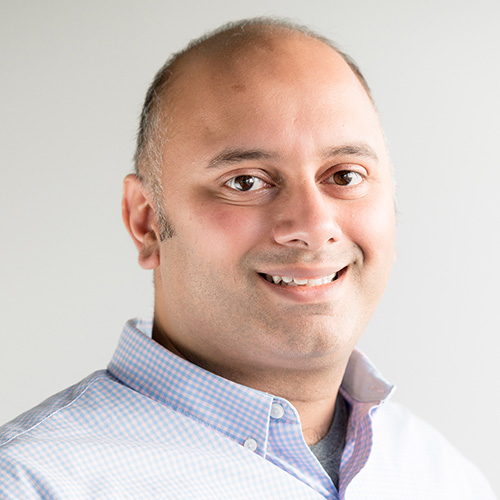
Ganesh Dasika, PhD
He investigates how to advance ARM s role in machine learning, computer vision and neural networks and worked previously on energy-efficient GPGPUs and throughput processors.
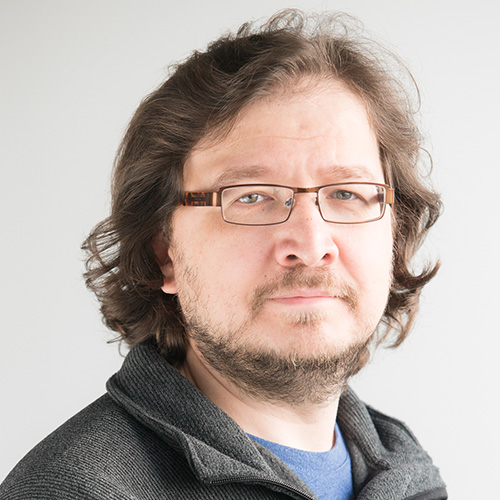
Emre Ozer, PhD
He is a Principal Research Engineer whose research topics are energy-efficient architectures and microarchitectures, energy-efficient server chips, fault tolerance and energy-efficient neural networks as hardware accelerators.
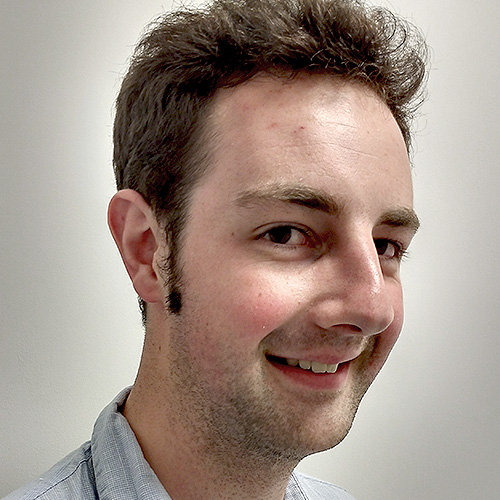
Andrew Mundy
Investigates the optimisation of machine learning, neural networks and computer vision algorithms for ARM platforms. Previously, Andrew researched real-time simulation of brain models on SpiNNaker, an ARM based super-computer.
About ARM Limited
ARM Ltd (www.arm.com) is a world-renowned semiconductor IP company with around 4000 employees and headquartered in Cambridge, UK. ARM designs and licenses its IP (e.g. low-end 32-bit and high-end 64-bit CPUs, mobile GPUs, various peripherals, physical libraries etc.) to its chip manufacturing Partners. Energy efficiency is the DNA of its technology. ARM is the architecture of choice for more than 80% of the high-performance embedded products in design, and for more than 90% of the mobile phones. By licensing, rather than manufacturing and selling its chip technology, ARM established a new business model that has redefined the way microprocessors are designed, produced and sold. Today, there are more than 1000 partners in the ARM Connected Community. As the foundation of the company's global technology community, these Partners have played a pivotal role in the widespread adoption of the ARM architecture.
Partners utilise ARM's low-cost, power-efficient core designs to create and manufacture microprocessors, peripherals and SoC solutions. ARM Powered microprocessors are pervasive in the electronic products, driving key functions in a variety of applications in diverse markets, including automotive, consumer entertainment, imaging, microcontrollers, IoT and wearable devices, networking, storage, automotive, medical, security, wireless, smartphones, and tablet computers. To date, ARM Partners have shipped more than 70 billion ARM microprocessors.
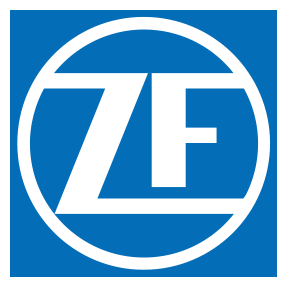
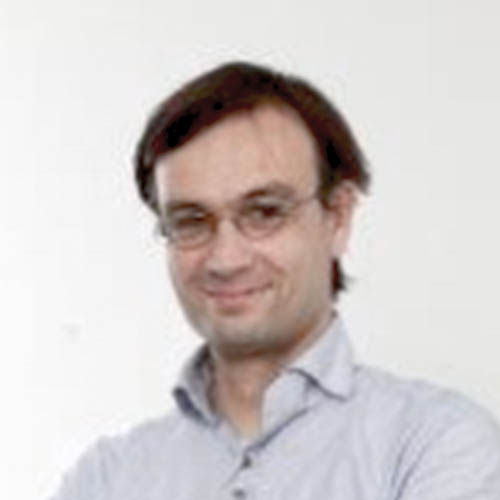
Dr. rer. nat. Jochen Abhau
Team Leader of Algorithms & Machine Learning, Aktive & Passive Sicherheitstechnik.
Frank Hafner
Experienced Embedded AI developer.
Lei Wang about Bonseyes
About ZF Friedrichshafen AG
ZF is a global leader in driveline and chassis technology as well as active and passive safety technology. The company has a global workforce of around 137,000 with approximately 230 locations in some 40 countries. In 2016, ZF achieved sales of €35.2 billion. ZF annually invests about six percent of its sales in research and development – ensuring continued success through the design and engineering of innovative technologies. ZF is one of the largest automotive suppliers worldwide.
ZF allows vehicles to see, think and act. With its technologies, the company is striving for Vision Zero – a world of mobility without accidents and emissions. With its broad portfolio, ZF is advancing mobility and services in the automobile, truck and industrial technology sectors.

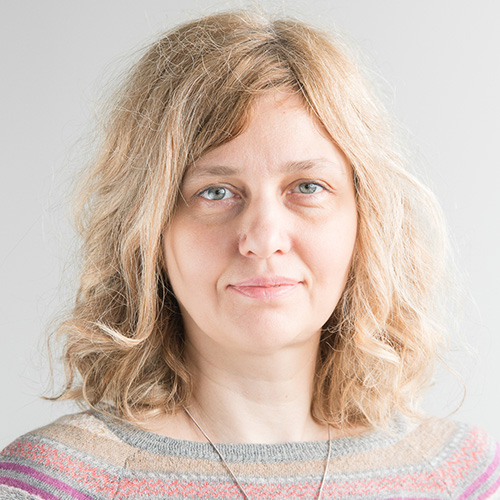
Dr. Gordana Velikic
scientific director is in charge for the scientific research and development management, she has experience in the areas of sensors, nonlinear dynamics, digital signal processing, musical acoustics, digital audio, biomedical signals, and electromagnetic, clinical research, and technology transfer.
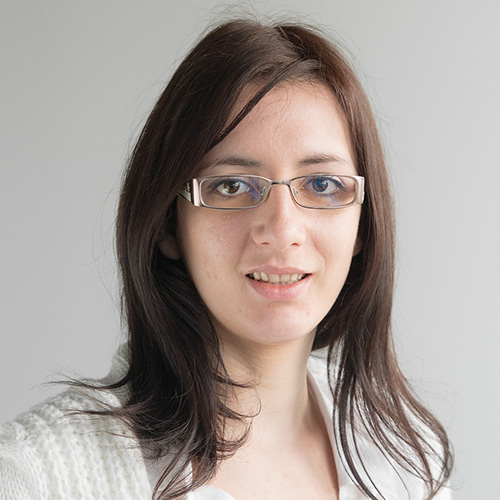
Milena Milošević, MSc
Gordana Velikic about Bonseyes
About RT–RK
RT-RK is an R&D company and national research institute. The company delivers development services and has own brand of products of real time embedded systems, with strong focus on consumer electronics, communications, and multimedia, product design, and small scale production.
Headquartered in Novi Sad, with offices in Belgrade, Serbia, Banja Luka, Bosnia & Herzegovina, and Osijek, Croatia, with over 600 employees, 550 of whom are engineers, RT-RK is one of the biggest developmental houses in southeastern Europe. Ministry of Science and Technological Development of the Republic of Serbia accredited RT-RK Computer Based Systems LLC as a National Research and Development Institute with argument that the scientific programs of RT-RK contribute to development of new products and devices, introduce new and improve existing technological processes, systems and services, and perform transfer of knowledge and technology. The company has adequate deployment of competent scientific researchers, programs for young developers, and adequate facilities, equipment, and other resources for the implementation of programs of general interest.
RT-RK is the first the first company to announce successful porting of the big-endian version of the AndroidTM operating system for the MIPS® architecture facilitating SoC manufacturers with the power of Android, targeting market of Digital TVs (DTV), Set-Top boxes (STB) and a range of applications in the digital home. RT-RK has developed several consumer-oriented smart platforms that enable an automated control of all devices installed in the residental sensor network. In addition, RT-RK has produced a complete test system for consumer electronics devices. The test system consists of test stations and relies on efficient data gathering from each station in a centralized database. Hence, RT-RK has experience in building efficient systems for multiple stations data gathering, processing, analysing, and storing in either a central server or cloud servers.
The rich experience and high expertize in development of consumer electronics products; interdisciplinary, highly experienced team-work-oriented engineers with proactive approach to presented challenges, and galore of innovative solutions has been recognized by industry leaders such as but not limited to Google, iWedia, Microsoft, Phillips, Marvell, and Qualcomm with whom RT-RK has had years long collaboration.

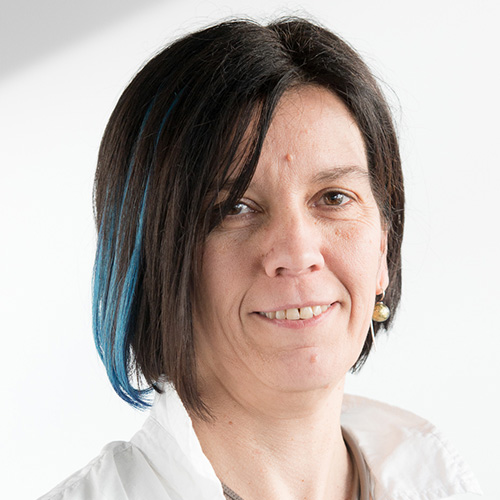
Dr. Kirsten Leufgen
Senior Project Manager, co-founder and executive director of SCIPROM. Responsible for the management of Swiss and international (EU FP 4-8) research projects. She is a senior scientist in biophysical chemistry and has extensive knowledge of research policies and administration.
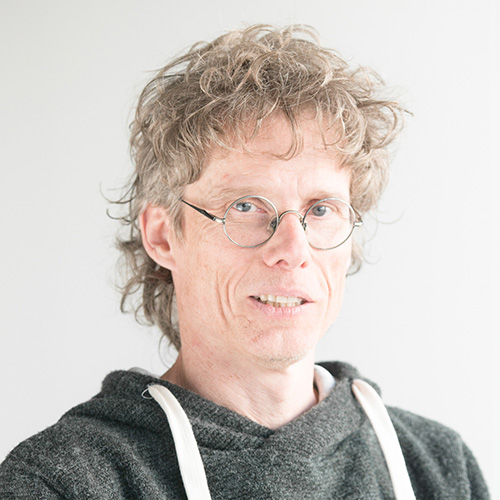
Dr. Peter Ulrich
Senior Project Manager and Webmaster, co-founder & technical director of SCIPROM. He is a physical chemist and senior scientist, with extensive experience in research management and, IT.
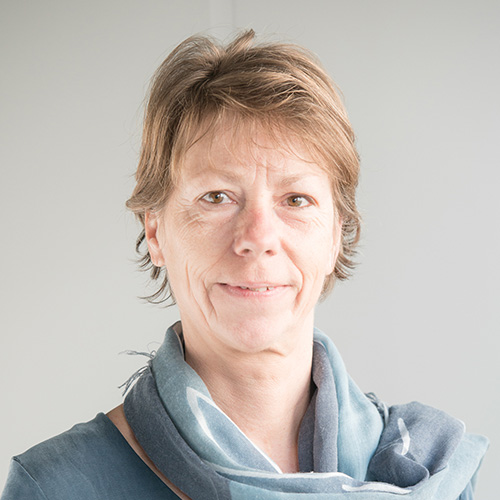
Dominique Stücker
Financial Officer. She is a highly qualified accountant with sound experience in financial management of FP6, FP7 and H2020 projects.
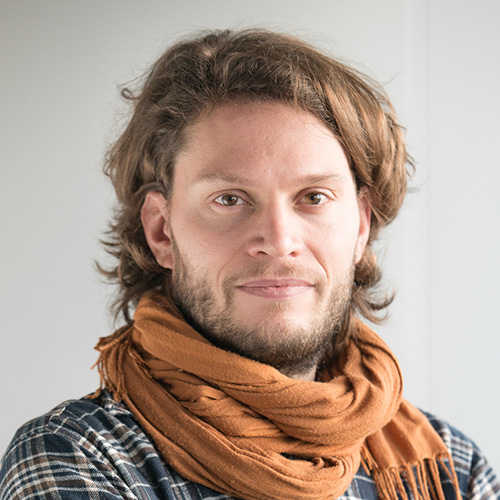
Filippo Gander
Designer. Holding a Master in Social Sciences, he is a communication expert and an experienced web and print designer.
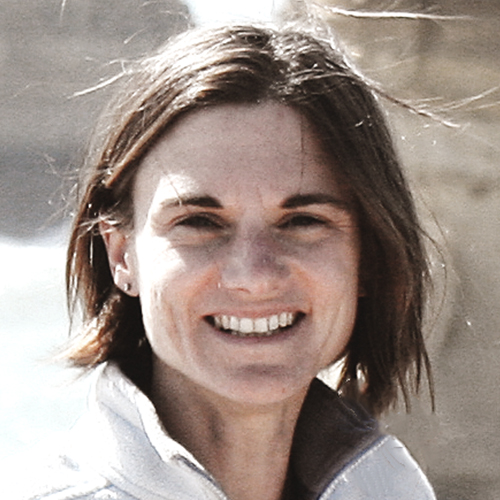
Dr. Véronique Gobry
Project Manager. Food industry engineer with substantial experience in quality control, project management and legal matters.
About SCIPROM Founded in 2005, SCIPROM is an SME specialised in the management and dissemination of collaborative research projects. SCIPROM supports coordinators from the first project idea to the final report, in project set-up, negotiation, management and communication. At present, SCIPROM has 6 employees.
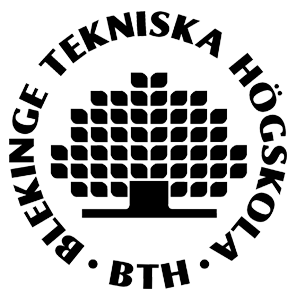
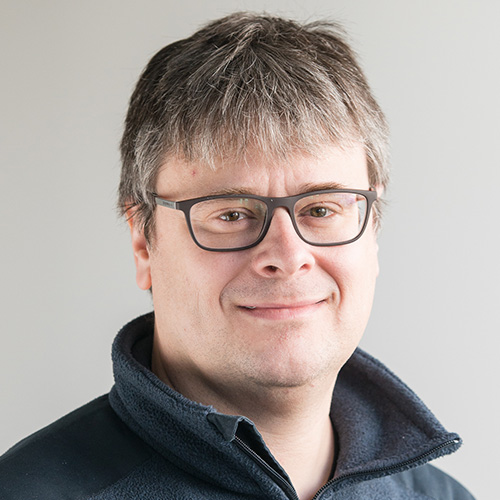
Prof. Kurt Tutschku
Professor for telecommunication systems at BTH with research interest includes the architecture of future generation networks and the Future Internet, network virtualization, and the modelling and performance evaluation of future network control mechanisms.
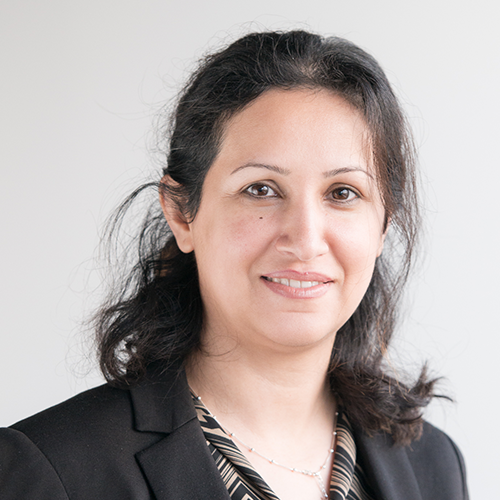
Vida Mehri
Vida Ahmadi Mehri is a PhD student in the Telecommunication Systems. Her research focuses on cloud architecture with security and privacy concerns.
Kurt Tutschku about Bonseyes
About Blekinge Tekniska Högskola
The Blekinge Institute of Technology (Blekinge Tekniska Högskola, BTH) is a university in southeastern Sweden (main location at Karlskrona) specialized in applied ICT and innovation for sustainable growth. BTH has ca. 8000 students from 57 countries, and approx. 500 employees. Cooperation with industry, SMEs, public authorities has traditionally been strong on the regional, national and international level. BTH maintains also an IT department, which operate a full IT infrastructure including cloud services.
The Bonseyes project is located within the Department of Communication Systems (DIKO) of BTH. DIKO is one out of five departments in BTH’s Faculty of Computing. It consists of four full professors, one associate professor (docent), two assistant professors, two university adjuncts, and four Ph.D. students. DIKO concentrates its research on computer and communication systems and their performance. DIKO has specific knowledge in the evaluation of services and virtual/cloud environments.

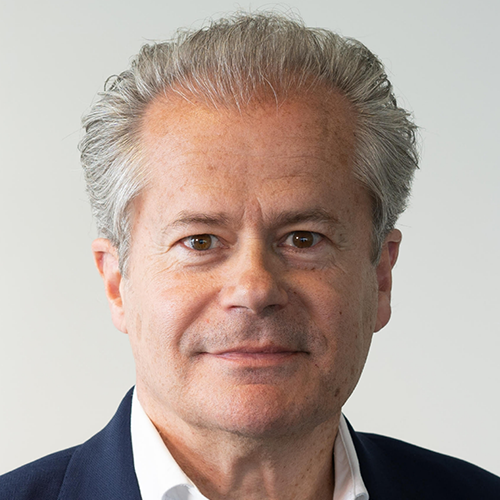
Jean-Marc Bonnefous
Mr. Jean-Marc Bonnefous is the co-founder and board director for the Bonseyes Community Association. He has 30 years of experience in financial services and has been an investor and investment manager for the last 12 years, covering deep tech activities such as AI, blockchain, data analytics, and encryption. Mr. Bonnefous has served as board director with a number of technology companies over the years and has been closely involved in managing consortia projects around new distributed technologies.
About Bonseyes Community Association
Bonseyes Community Association (BCA) is a non-profit AI-focused association based in Switzerland. BCA’s mission is to ensure that artificial intelligence (in all forms from narrow to general) will ultimately create highly autonomous systems beneficial for all – not just a select few. BCA attempts to directly build open technology platforms supporting distributed artificial intelligence marketplaces empowering innovators, data scientists, and developers to build and trade value creating, safe, and beneficial AI aligned with societal goals. BCA also considers its mission fulfilled if its work aids others to achieve this outcome. To that end, the association pursues the following non- commercial goals:
- Increasing knowledge and understanding of the distributed artificial intelligence systems development across government, universities, industry, and startups.
- Development of an open platform technology and infrastructure for a distributed artificial intelligence marketplace.
- Promoting research into decentralized and distributed artificial intelligence.

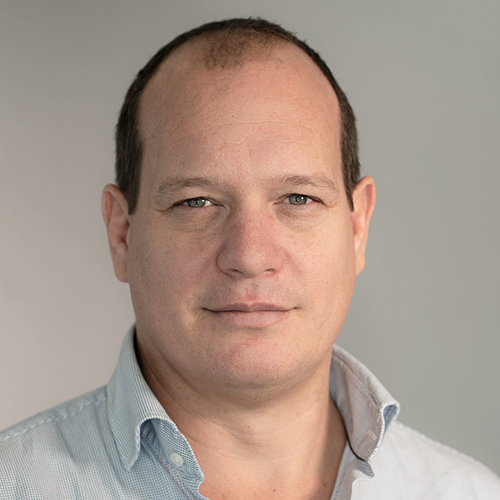
Daniel Kaempf
With over 15 years of experience in all aspects of digital production and strategy, Daniel has successfully led countless digital initiatives for multinationals, NGOs and SMEs.
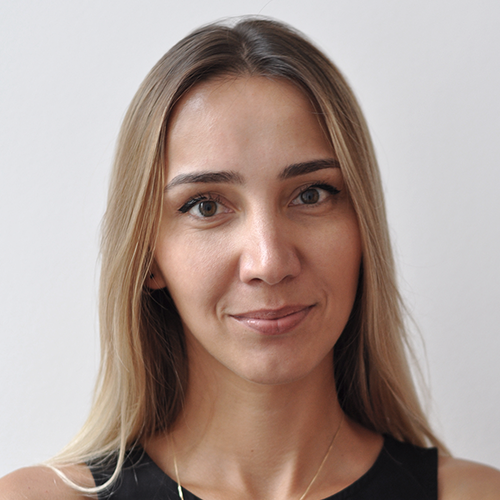
Natasa Lučić
Nataša is an inspired designer whose work combines graphic design, web design, and motion graphics. She constantly strives to acquire new skills and techniques to deliver cutting-edge designs.
About Darwin Digital Darwin Digital is a full-service digital agency with offices in Belgrade, Lausanne, Geneva, New York and Hyderabad, which strives to deliver exceptional and comprehensive digital solutions to help customers reach their objectives; whether it is digital transformation, online sales, medical/healthcare applications, artificial intelligence (AI) apps, online promotion or digital marketing. Darwin Digital has a team of experts in digital strategy, web (UX, UI) design; front-end web development; mobile app (native iOS and Android) development; cloud application development; eCommerce; CMS (WordPress and Get Kirby); SEO and digital marketing.
This project has received funding from the European Union’s Horizon 2020 research and innovation programme under grant agreement No 732204 (Bonseyes). This work is supported by the Swiss State Secretariat for Education‚ Research and Innovation (SERI) under contract number 16.0159. The opinions expressed and arguments employed herein do not necessarily reflect the official views of these funding bodies.

